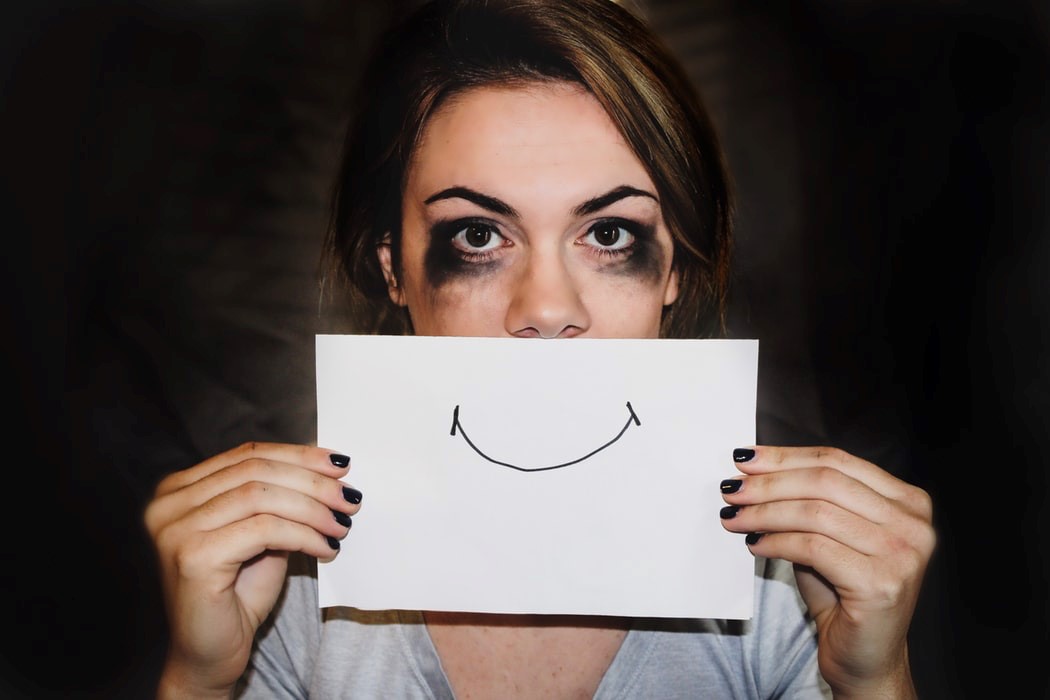By Abbie Irving, psychology and marketing student, University of Strathclyde
Are you finding yourself on social media 24/7 while you’re locked down in your home? You’re not alone.
Users spend an average of 3 hours on social networks and messaging, studies show, and that number is probably even higher right now. This daily access and connectedness has been both praised and criticized by parents to academics for the presumed effect that social media has on young people’s attitudes, behaviours and relationships. And in particular, its influence on body image. This post will explore research-led insights into the relationship between social media and body image.

Body image is an umbrella term for the thoughts, feelings and behaviours that an individual holds about their physical shape, size and appearance.
Body image is powerful, because it often affects how people treat their bodies, whether positively or negatively (Mabe, Forney, & Keel, 2014; Tiggemann and Slater, 2013). The (still!) leading social media platform Facebook has been linked to increased drive for thinness – a desire to be much skinnier than the user already is. Research shows that users internalise this thin ideal, meaning they unconsciously accept the thin ideal as part of their own identity (Tiggemann and Miller, 2010; Tiggemann and Slater, 2013). This ties in with the user feeling dissatisfied with their current weight and contributes to disordered eating behaviours.
Insight: Individuals with certain psychological qualities have different experiences in the online world.
For example, a college woman who wants to lose weight (psychological quality) will pay more attention to the physical appearance of others and will experience more negative body attitudes than a woman who does not want to lose weight (Eckler, Kalyango, & Paasch, 2017).
Also, women who tend to compare their appearance more to others online (psychological quality), experience a greater desire to change their weight, shape, hair, face appearance (Fardouly and Vartanian, 2015).
Therefore, we know that spending more time on social can be harmful to some.
But why?
A study by Eckler and Kalyango (2017) explored body-related content that American female university students posted on Facebook. Out of the sample, 12.6% said they had posted on their news feed about weight, body image, dieting or weight loss in the past month. Post frequency ranged from one post to 30 posts – this demonstrates the extreme difference in willingness to discuss such topics. Women’s answers were examined by the researchers and several themes emerged. Overall, only a small portion of the sample said they had posted body-related updates on Facebook, and most were done in a neutral tone regarding exercise, weight loss, and dieting.
Exercise was the most dominant theme, said participants, with comments such as “how much I have exercised” and “working out at the gym”. The themes of weight loss and food/diet were second in popularity. Most weight loss comments were about outcomes, such as “how much weight I lost”, “updates on weight loss” or “could fit into a smaller size pants”. Some comments, although not as common, were about the desire to lose weight: “needing to lose weight”. The food/diet category, on the other hand” often had comments about healthy food alternatives, such as “trying a new healthy meal recipe”.
However, some women did post negatively about their body image, with comments such as “feeling huge”, “I wish I was confident in my body”, “how I wish I was taller” or “”being too tall” and “I feel too skinny”. These comments show something that body image researchers have known for a while: poor body image does not depend on body size and people of all shapes and sizes can perceive their bodies negatively.
Some women did recall posting positive and empowering messages on Facebook, such as “I believe I look good” and “bigger being better”, but negative messages about body image did outnumber the positive ones.
Although the results of this study do not seem strongly negative, since most comments were about food and exercise were neutral in tone, we believe the prevalence of negative communication online is greater than this analysis would show. This is because the researchers only looked at posts by women who stated they had posted on their own timelines (12.6%) – however, another 27.4% of the sample had commented on friends’ posts or photos on the same topics. This highlights another pathway for negative communication or communication, which triggers comparison and competitiveness.

It is important for social media users to realise that many carefully manage their online profiles and appearance, which may be far from their real self, and could instead represent an ideal image of themselves (Gonzales and Hanock, 2011). Such awareness can be helpful in reducing the urge to compare to others.
While this is not necessarily new information, we tend to forget about it when we scroll through news feeds and timelines, when we look at influencers’ posts and try to emulate their looks.
Thank you for reading, please comment below about your experiences!
